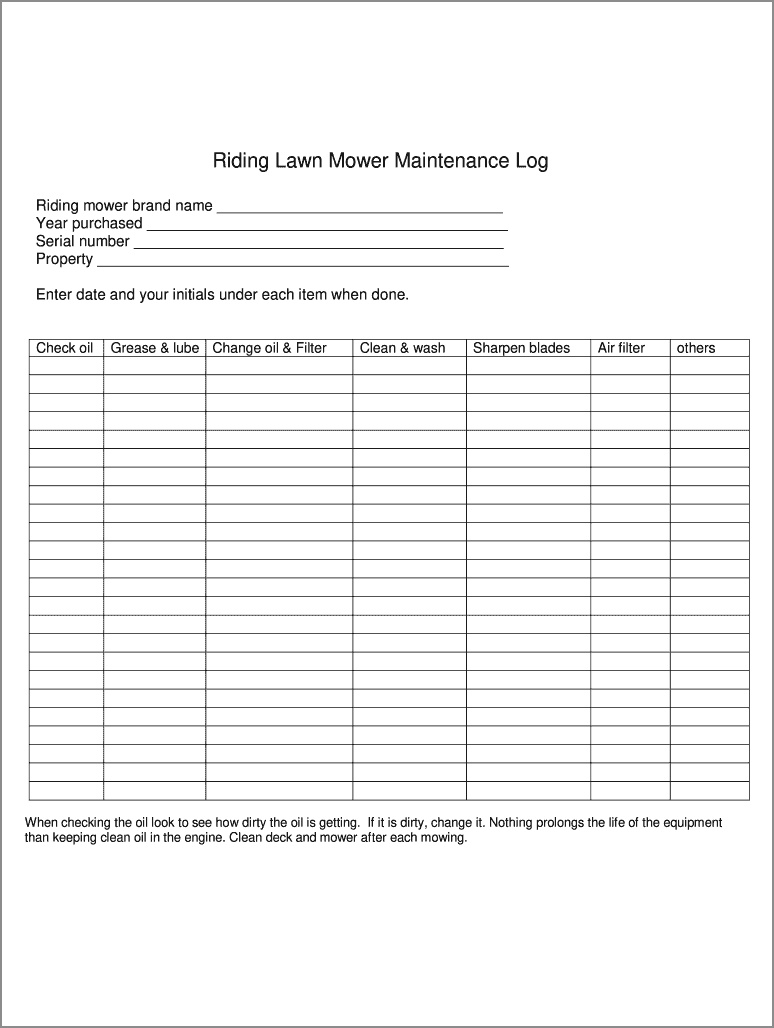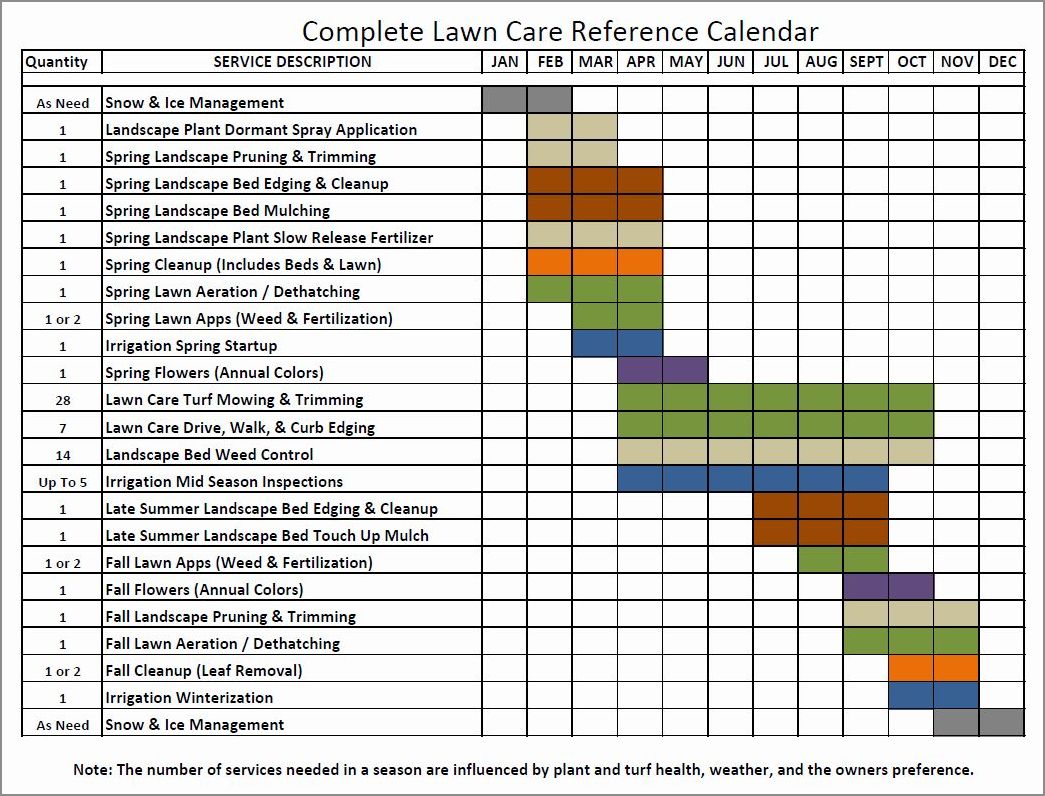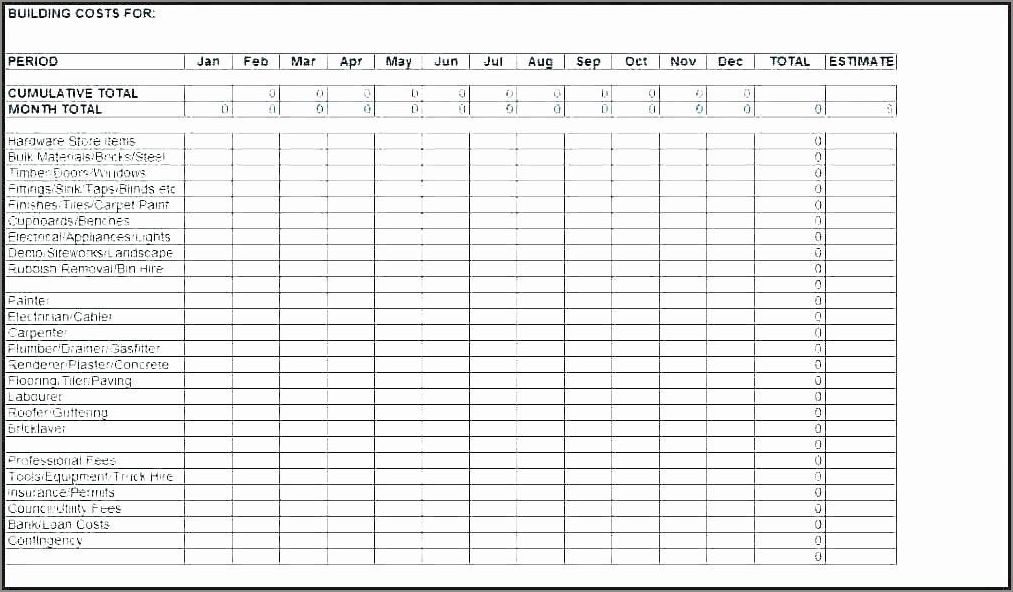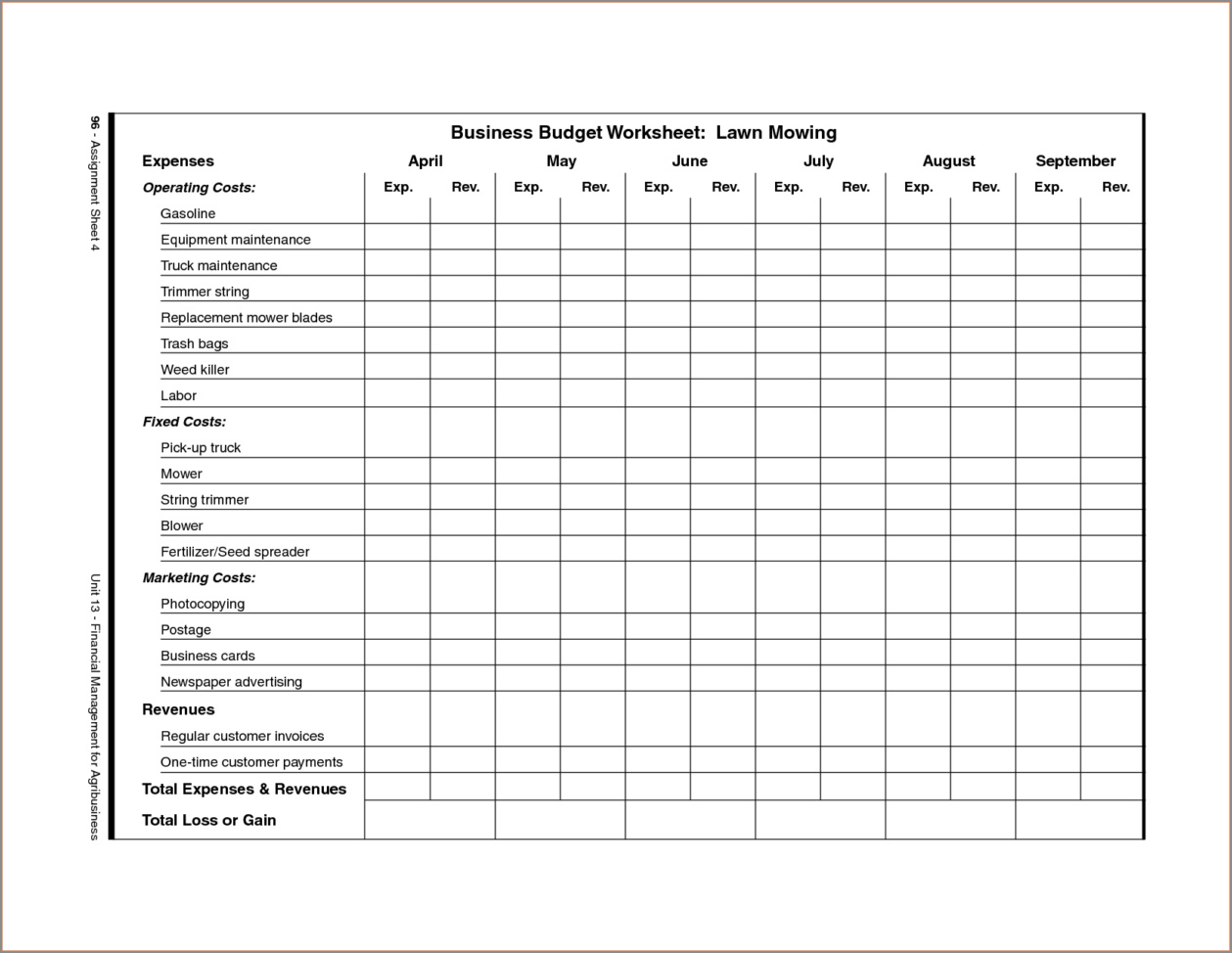Having a well-maintained lawn is an essential part of creating a beautiful outdoor space. One of the best ways to achieve this is by establishing a consistent weekly lawn mowing schedule. By regularly mowing your lawn, you can ensure that it stays healthy, lush, and free from weeds. In this guide, we will walk you through the steps of creating a weekly lawn mowing schedule that will help you achieve the perfect lawn you’ve always wanted.
Why Should You Establish a Weekly Lawn Mowing Schedule?
Establishing a weekly lawn mowing schedule offers numerous benefits for your lawn’s overall health and appearance. Here are some compelling reasons why you should consider implementing a regular mowing routine:
1. Promotes healthy growth: Regular mowing helps stimulate the growth of your lawn, leading to thicker and healthier grass.
2. Prevents weed growth: By keeping your grass at an optimal height, you can prevent weeds from taking root and spreading throughout your lawn.
3. Controls pests: Cutting your grass regularly can help control pests like mosquitoes and ticks, as they prefer taller grass for breeding and hiding.
4. Enhances lawn aesthetics: A well-maintained lawn with a consistent mowing schedule adds curb appeal to your property and creates an inviting outdoor space.
5. Reduces thatch buildup: Regular mowing prevents excessive thatch buildup, which can suffocate your grass and inhibit proper water and nutrient absorption.
How to Create a Weekly Lawn Mowing Schedule
Creating a weekly lawn mowing schedule involves several factors that you need to consider. By following these steps, you can establish a routine that suits your lawn’s specific needs:
1. Determine the Ideal Grass Height
The ideal grass height varies depending on the type of grass you have. Research the specific grass species in your lawn and find out the recommended height for optimal growth. Generally, cool-season grasses should be kept between 2.5 to 3.5 inches, while warm-season grasses can be maintained between 1.5 to 2.5 inches.
2. Consider the Growth Rate of Your Grass
Understanding the growth rate of your grass will help you determine how frequently you need to mow your lawn. Faster-growing grass may require more frequent mowing, while slower-growing grass may need less frequent attention.
3. Take Into Account Seasonal Variations
The frequency of mowing can change depending on the season. During periods of rapid growth, such as spring and early summer, you may need to mow more frequently. In contrast, during periods of slower growth, like late summer and fall, you can reduce the frequency of mowing.
4. Assess Your Lawn’s Condition
Regularly assess the condition of your lawn to determine if it needs to be mowed. Take note of any signs of stress, such as wilting or yellowing grass, as this may indicate the need for more frequent mowing to maintain optimal health.
5. Set a Consistent Mowing Schedule
Once you have considered all the factors mentioned above, establish a consistent weekly lawn mowing schedule. Choose a specific day of the week that works best for you and commit to mowing your lawn on that day every week. Consistency is key to maintaining a healthy and well-manicured lawn.
6. Adjust the Schedule When Necessary
Be flexible with your mowing schedule and adjust it when necessary. If your grass is growing rapidly, you may need to add an additional mowing session during the week. Conversely, during periods of drought or slower growth, you can reduce the frequency of mowing.
7. Maintain Your Mowing Equipment
To ensure that your lawn mower operates efficiently, it is essential to regularly maintain your mowing equipment. Keep the blades sharp, check the oil levels, and clean the mower after each use. Well-maintained equipment will provide better results and make your mowing tasks easier.




Best Practices for Mowing Your Lawn
In addition to establishing a weekly mowing schedule, following these best practices will help you achieve optimal results:
- Mow when the grass is dry: Mowing wet grass can result in clumping and uneven cuts. Wait for the grass to dry before starting your mowing session.
- Avoid cutting the grass too short: Scalping the grass by cutting it too short can weaken the plants and make them more susceptible to disease and weed infestation.
- Change mowing patterns: Vary the direction in which you mow your lawn each time to prevent the grass from leaning in one direction and promote upright growth.
- Leave the grass clippings: Instead of bagging the grass clippings, consider leaving them on the lawn. They act as a natural fertilizer, returning valuable nutrients to the soil.
- Water your lawn properly: Water deeply and infrequently to encourage deep root growth. Avoid frequent light watering, as this can lead to shallow root systems.
- Trim the edges: Use a trimmer or edger to give your lawn a polished look by trimming the edges along sidewalks, driveways, and flower beds.
- Protect yourself: Wear appropriate protective gear, such as safety glasses and closed-toe shoes, when mowing your lawn to prevent injuries.
Conclusion
A weekly lawn mowing schedule is a crucial component of maintaining a healthy and attractive lawn. By following the steps outlined in this guide and implementing best practices, you can create a mowing routine that keeps your lawn in optimal condition throughout the year. Remember, consistency and proper maintenance are key to achieving a beautiful and well-manicured lawn that you can enjoy for years to come.
Weekly Lawn Mowing Schedule Template – Download
